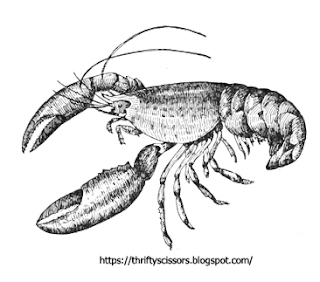 |
| Leopard on top, Cheetah on bottom. |
Cheetah is an animal of the cat family, found principally in Africa and India, and most commonly known as the limiting Jeopard. It derives this name from the fact that it can be trained to hunt antelopes and other like game. The cheetah has a little longer body in proportion to its size than the other cats, and its legs are slender. It can maintain a greater speed for a short distance than can any other land mammal.
More About Cheetahs From The Web:
- Learn About The Cheetah at the Smithsonian's National Zoo
- The Cheetah's Wild Life
- You Can't Outrun a Cheetah by Animalogic
Crafts About Cats:
- Paper cut of a very fuzzy cat (template)
- How to draw a Halloween Cat
- Old-Fashioned Halloween Silhouettes (templates)














